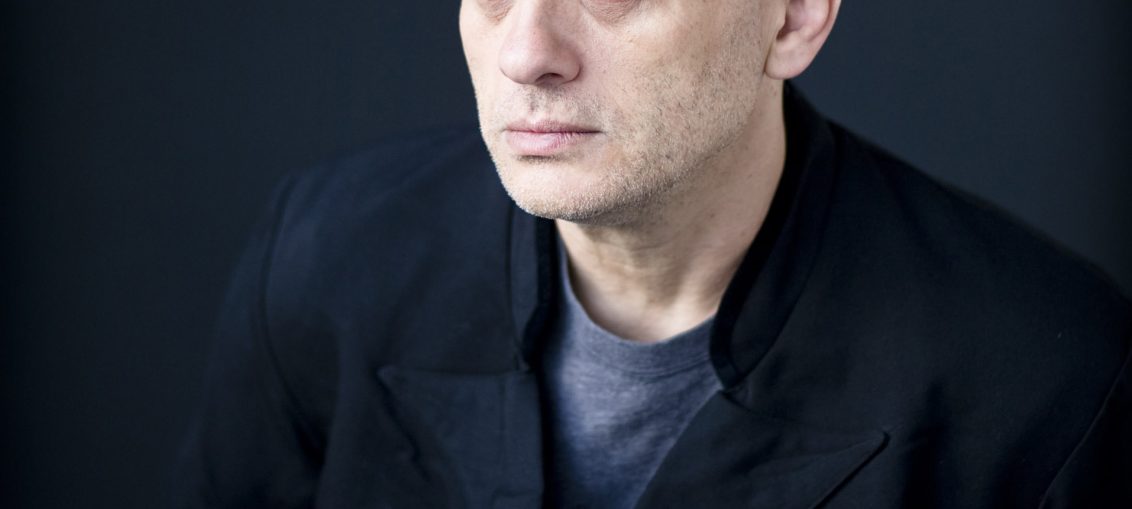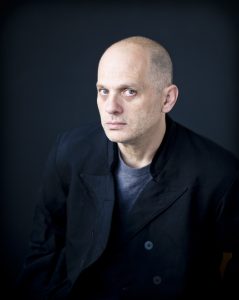

The New York Philharmonic began the 2018-2019 season in light and ended in darkness with the world premiere of David Lang’s opera prisoner of the state. The NYP commission, conducted by Music Director Jaap van Zweden, performed June 6-8 as part of the orchestra’s Music of Conscience series, explored the long tendrils of totalitarianism – and an opera born out of hate is brilliant.
prisoner of the state is a meditation on Beethoven’s only opera Fidelio (1805), whose titled character infiltrates where her wrongfully incarcerated husband is held and saves him from execution. Written during the Napoleonic wars, Beethoven never hid his passion for freedom. Lang removes era and event specifications, along with characters’ names; dehumanization adds a timelessness to connections spanning centuries. The basics remain: The Assistant (soprano Julie Mathevet) to The Jailer (bass-baritone Eric Owens) tries to obtain access to her husband The Prisoner (baritone Jarrett Ott) starving in solitary. She does when The Governor (tenor Alan Oke) orders his execution. Beethoven and Lang provide the same ambiguous reason The Assistant’s husband is incarcerated; he is a “prisoner of the state.”
There is one more character. The inmates acting as a Greek chorus and singing with one voice as the coerced populace in Mussorgsky’s Boris Godunov does. Beethoven gave the prisoners a noble moment praising the sun. For Lang, they are the despairing collective voice of the oppressed memorialized Hugo, Zola, Solzhenitsyn, PEN America and translations published by New York Review Books .
The handcuffed chorus performed on Matt Saunders’s platform above the stage. For all the snark its worth, Geffen Hall’s austere interior is the perfect prison site. Wool-capped NYP musicians were divided in half to make way for the prison entrance where the singers performed. The Prisoner was kept in a hole in the stage, seen only on video surveillance camera. Video shot on the screen behind the Prisoners tripled their numbers.
Lang’s music is tense and ominous – the exception being Julie Mathevet’s Assistant finding the courage and voice to help her husband. Fitting for a founding member of Bang on a Can, the opera begins with a loud crash. More follows from the prisoners shaking handcuffs matching the orchestra’s rhythm. Not only are the Prisoners fully conceptualized, so are the main characters. The cast was universally fantastic and believable. The great Eric Owens deserves having more roles written for him.
The second performance of prisoner of the state didn’t sound as if everyone was “still feeling their way through it.” Whether it was an opportunity to play new music, the material or a combination of both, Jaap van Zweden and the NYP were comfortable, passionate and committed. Perhaps at long last the New York Philharmonic is now firmly committed connecting to listeners beyond their declining, downright spoiled subscriber base. The sold-out audience was diverse and attentive. With prisoner of the state, the NYP had commission this season with a better chance of being sung again instead of the Met’s institutionalized misogyny mess of bad Hitchcock, Marnie. The Governor’s chilling refusal to accept death and the cast’s subsequent final declaration of freedom despite oppression are that strong.
 Saturday, July 5, 2025
Saturday, July 5, 2025